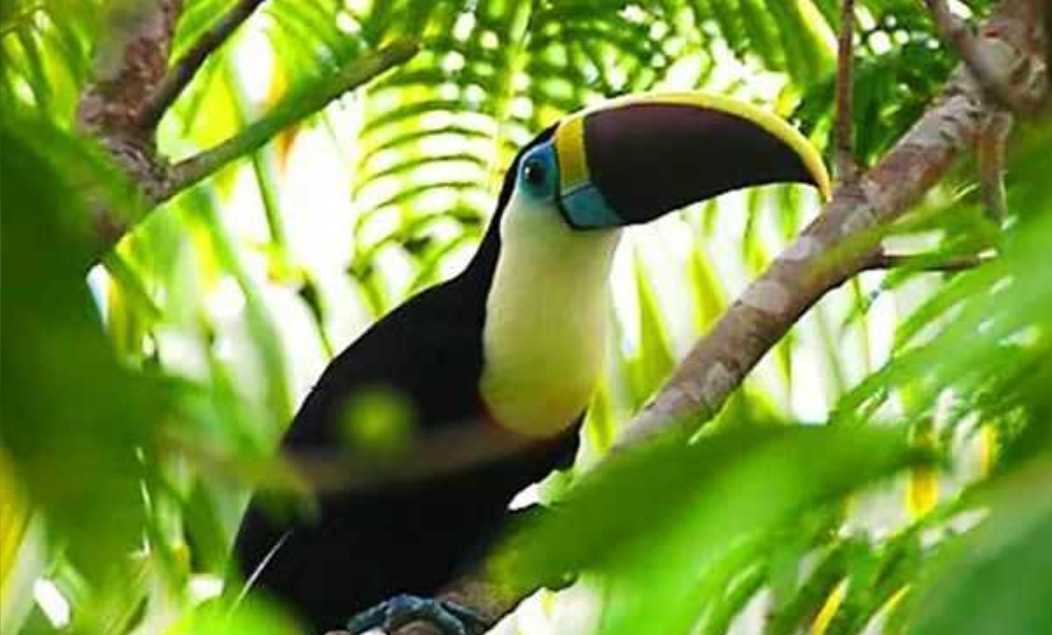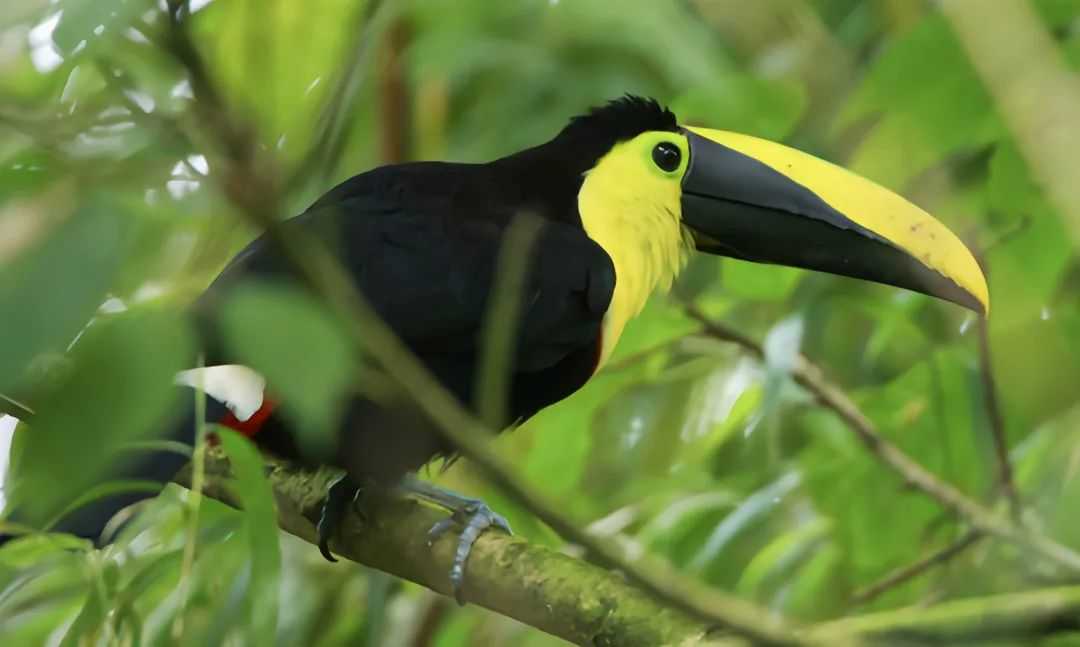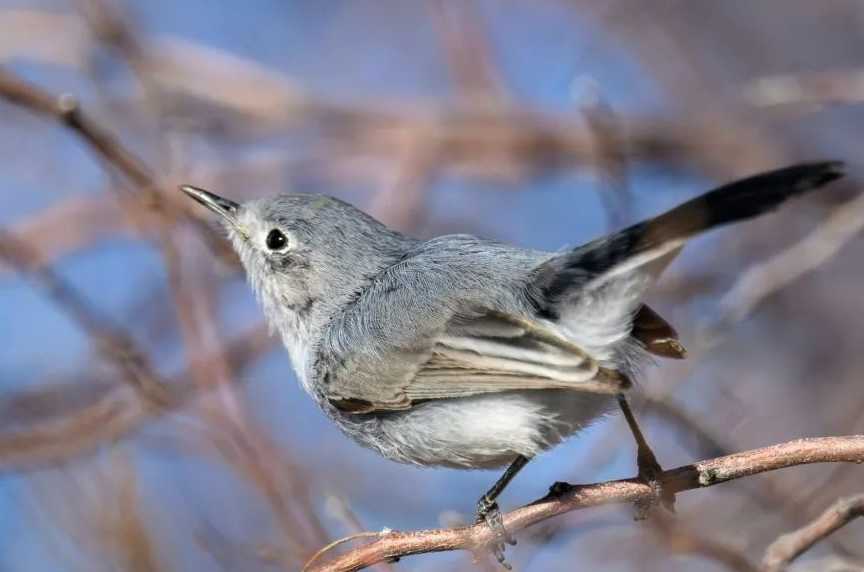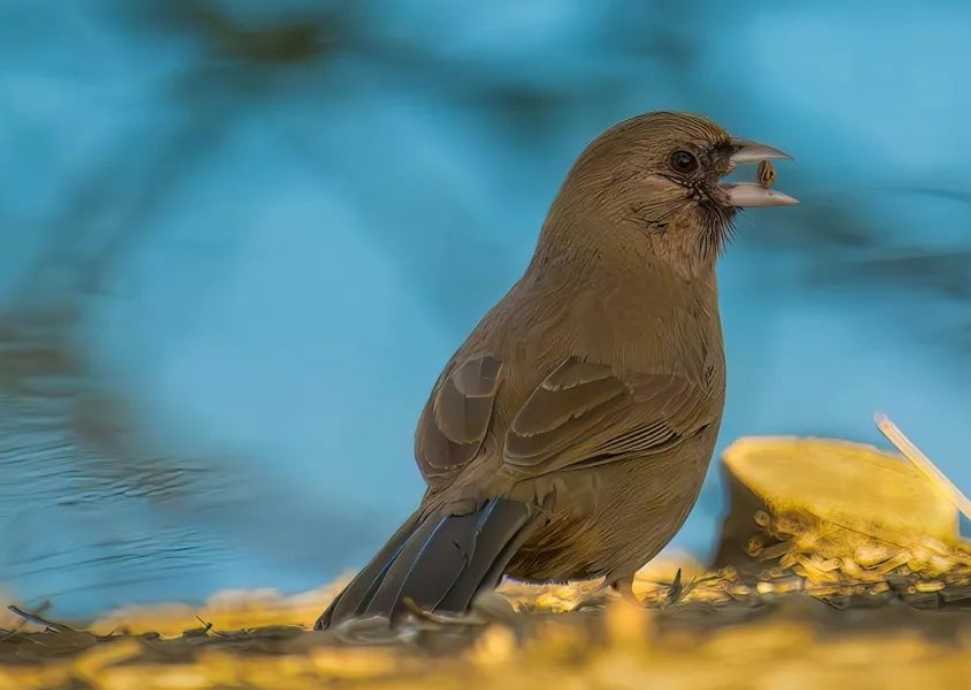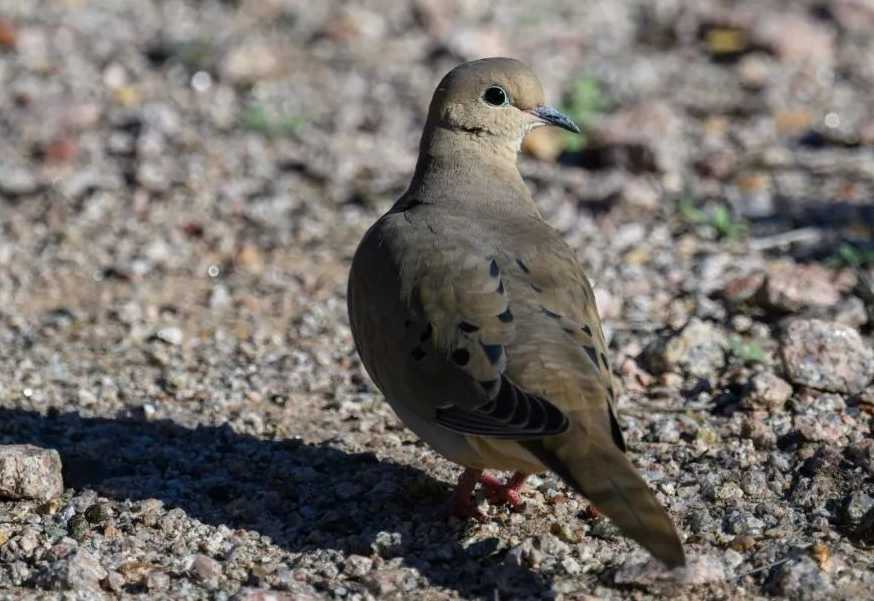Ramphastos ambiguus, the yellow-throated toucan, is a striking avian species endemic to the lush rainforests of Central and South America. Renowned for its vibrant plumage and distinctive call, this bird stands out as a charismatic inhabitant of tropical canopies, playing a crucial role in the region’s ecosystem.
Ramphastos ambiguus: The Yellow-Throated Toucan of Central and South American Rainforests
Ramphastos ambiguus, the yellow-throated toucan, is a striking avian species endemic to the lush rainforests of Central and South America. Renowned for its vibrant plumage and distinctive call, this bird stands out as a charismatic inhabitant of tropical canopies, playing a crucial role in the region’s ecosystem.
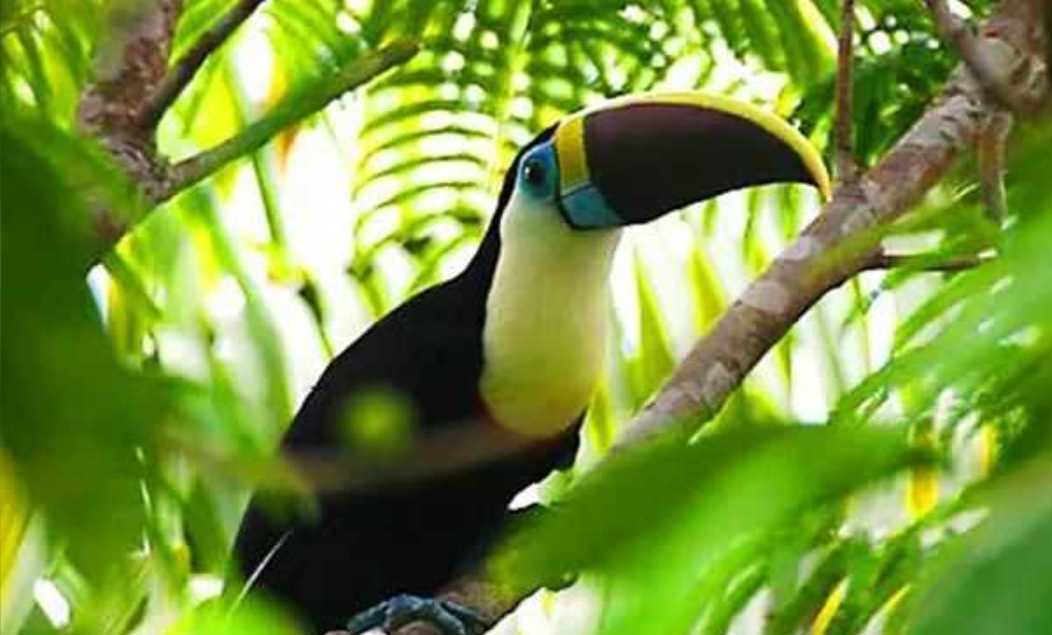
Source: Images from the Internet, if there is any infringement, please contact the removal of
Measuring between 50 and 60 centimeters in length, the yellow-throated toucan showcases a predominantly black body, providing excellent camouflage against the dense foliage. Its most eye-catching feature is the vivid yellow patch covering the throat, which contrasts sharply with the dark feathers. Complemented by a large, lightweight beak adorned with a mix of orange, red, and black hues, the toucan’s appearance is both functional and visually arresting. The beak, serrated at the edges, enables it to expertly grasp and manipulate fruits, its primary food source, while also serving as a tool for defense and social displays.
Inhabiting the upper layers of the rainforest, the yellow-throated toucan is an arboreal species that spends most of its time in the tree canopy. It primarily feeds on a variety of fruits, especially figs and berries, which it swallows whole, aiding in seed dispersal and forest regeneration. To supplement its diet, the toucan preys on insects, small reptiles, and occasionally bird eggs. Highly social, these toucans often travel in small flocks, communicating through a series of loud croaks and squawks. During breeding season, pairs nest in tree cavities, with both parents sharing responsibilities for incubating eggs and raising chicks.
Despite its adaptability, the yellow-throated toucan faces significant threats from habitat loss due to deforestation, logging, and agriculture expansion. As the rainforest ecosystems it depends on shrink, the bird’s food sources and nesting sites diminish, endangering its survival. Conservation initiatives, including protected area establishment, sustainable forestry practices, and public awareness campaigns, are crucial for preserving this iconic species and maintaining the biodiversity of Central and South American rainforests.

